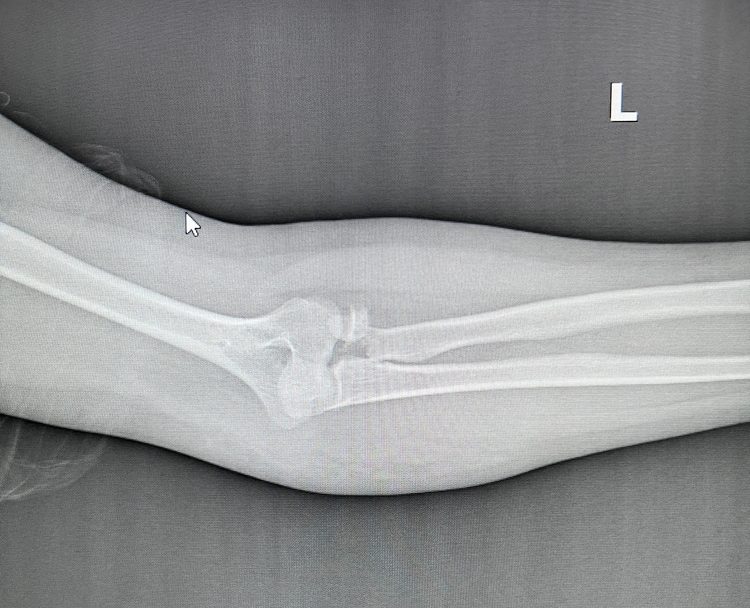
What’s the difference between a comminuted fracture and a transverse fracture?
Although fractures are a common injury, there are many different kinds depending on how the bones break. Different types of fracture must be addressed in a way that is appropriate to the trauma suffered and the area that has been affected. Oftentimes, severe fractures will need orthopaedic trauma surgery to ensure proper recovery. As such, devices are designed specifically to treat fractures of a certain type or fractures to a certain area of the body.
In this blog, we differentiate between two of the most common fractures, their causes, and how they should be treated.
Comminuted fractures
A comminuted fracture is a particularly serious type of injury where the bone breaks in multiple places. This produces several bone fragments that separate from the main bone structure. The primary cause of comminuted fractures is a high-impact event that results in severe trauma, such as a car accident.
Comminuted fractures that occur in key articular locations can be especially damaging for a patient’s range of movement. If appropriate, specialist internal fixation and open reduction surgery is the best course of action to treat these fractures. For instance, the Align® Radial Head Replacement system has been designed to treat non-reconstructable, highly comminuted radial head fractures, while the Reduct® Headless Compression Screws can be used to piece together less comminuted fracture injuries of the radial head.
The advantage of LEDA’s Skeletal Dymamics Distal Elbow Set is that both the Align and the Reduct are available on the same kit, so the surgeon can make the choice between systems intraoperatively. The recovery time for surgeries to repair comminuted fractures varies depending on the bone that has been broken, along with other patient-specific factors. This market-leading supplier also have dedicated systems for the treatment of fractures elsewhere in the upper extremities, such as their FREEFIX® Forearm and Wrist Plating System.
Transverse fractures
A transverse fracture is a break in the bone that occurs perpendicular to the length of the affected bone. These fractures typically appear as a line that covers all or part of the bone’s circumference. Transverse fractures are more common in longer bones, such as the humerus, radius, tibia, and ulna. Transverse fractures are usually caused by trauma due to a fall. Nevertheless, surgery is frequently used to aid healing as the bones that often experience these fractures are responsible for important body movements.
Either of the fractures discussed here can vary depending on the displacement of the fractured bone. These categories are:
- Open – a wound that breaks the skin has been caused near the fracture site, often by a bone fragment.
- Closed – a break occurs in the bone that keeps the skin intact.
- Displaced – the fracture causes the affected bone to move out of its proper alignment.
- Non-displaced – the fracture leaves the bone in its accepted position, which allows it to heal without invasive measures.
Devices for fracture reduction and fixation
Comminuted and transverse fractures can affect anyone regardless of age or anatomy. As such, medical professionals need to be prepared to treat either throughout the year. LEDA Orthopaedics distributes systems and implants which have been designed by healthcare experts for the treatment of a variety of fractures. This includes trauma to the upper and lower extremities, as well as the ability to treat niche and complex injuries such as pelvic fractures. Contact us today if you have any questions about our product specifications, instrumentation or storage information.